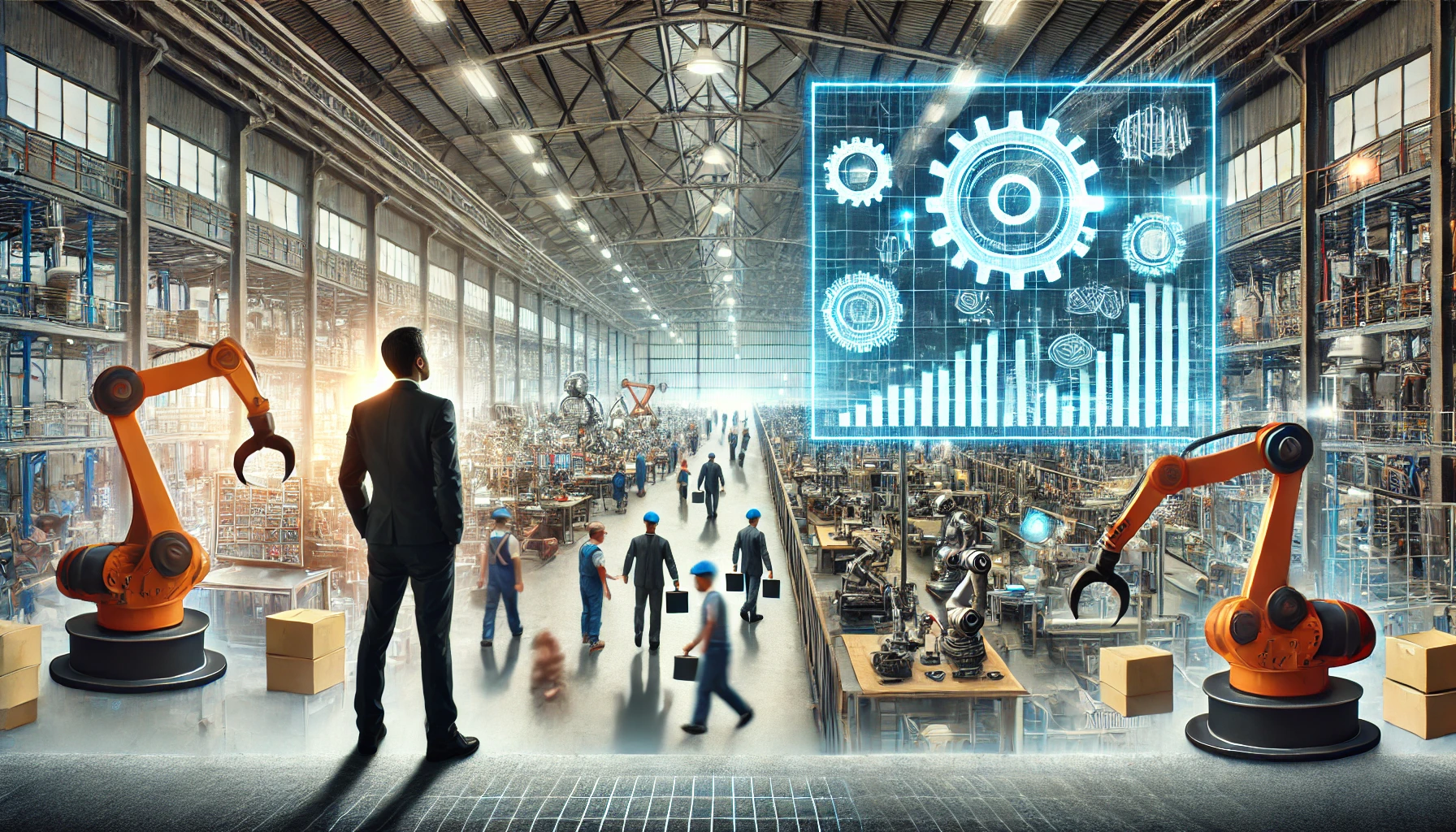
Is Automation Making Humans Obsolete?
The rapid advancement of automation and artificial intelligence (AI) is transforming industries and economies at an unprecedented rate. While these technologies promise increased efficiency and innovation, they also pose a significant challenge: the potential displacement of human workers. This problem-solution article delves into the implications of automation on the job market and explores potential solutions to mitigate its adverse effects.
The Rise of Automation and AI
Automation and AI have seen remarkable progress over the past few years. Technologies such as robotics, machine learning, and natural language processing are becoming integral to various sectors, including manufacturing, healthcare, and finance. According to a report by McKinsey, up to 30% of tasks in 60% of occupations could be automated using current technologies.
Statistics on Automation and AI:
- Job Displacement: The World Economic Forum predicts that by 2025, automation will displace approximately 85 million jobs globally but will also create 97 million new roles that require different skill sets.
- Economic Impact: Research by PwC estimates that AI could contribute up to $15.7 trillion to the global economy by 2030, driven by productivity gains and increased consumer demand.
The Problem: Job Displacement
The primary concern surrounding automation is its impact on employment. As machines and algorithms become more capable, many traditional jobs are at risk of becoming obsolete. For instance, routine tasks in manufacturing and data entry are increasingly being performed by robots and AI systems. This trend raises critical questions about the future of work and the livelihood of millions of workers.
Key Areas Affected:
- Manufacturing: Industrial robots have been widely adopted in manufacturing, significantly reducing the need for human labor. According to the International Federation of Robotics, there was a 12% increase in industrial robot installations in 2020, with continued growth expected in the coming years. These robots are capable of performing repetitive tasks with higher precision and efficiency than human workers, leading to job displacement in sectors heavily reliant on manual labor.
- Retail and Services: The rise of automated checkout systems and AI-driven customer service bots is transforming the retail and service industries. Amazon's cashier-less stores are a prime example of how automation is reducing the need for human cashiers. These stores use a combination of computer vision, sensor fusion, and deep learning to enable a seamless shopping experience without the need for traditional checkout lines. This technological shift not only affects cashiers but also impacts customer service roles, as more companies adopt AI-driven chatbots for handling customer inquiries and support.
- Transportation: The development of self-driving vehicles by companies like Tesla and Waymo is poised to disrupt the transportation industry. Autonomous vehicles have the potential to displace truck drivers, delivery personnel, and taxi drivers. Self-driving technology relies on advanced sensors, machine learning algorithms, and real-time data processing to navigate and operate vehicles without human intervention. As these technologies mature and become more widely adopted, the demand for human drivers is expected to decline significantly.
The Broader Impact
The displacement of jobs due to automation is not limited to these sectors alone. Industries such as finance, healthcare, and education are also experiencing shifts due to AI and automation. For example, AI-driven algorithms are increasingly being used in financial services to perform tasks like fraud detection and investment analysis, which traditionally required human expertise. Similarly, in healthcare, AI is being used for diagnostics and personalized treatment plans, potentially reducing the need for certain medical professionals.
As automation continues to advance, it is crucial for policymakers, businesses, and workers to understand and address these changes. Strategies such as reskilling and upskilling the workforce, fostering innovation, and strengthening social safety nets are essential to mitigate the adverse effects of job displacement and ensure a sustainable transition to an automated future.
Read about the AI regulations you should know.
The Solution: Adapting to the New Job Landscape
While automation poses a significant challenge, it also presents opportunities for creating new types of jobs and enhancing productivity. To navigate this transition, a multi-faceted approach is essential.
Strategies for Mitigation:
- Reskilling and Upskilling: Investing in education and training programs to equip workers with the skills needed for the jobs of the future. Governments and companies must collaborate to provide accessible and relevant training opportunities.
- Embracing Lifelong Learning: Encouraging a culture of continuous learning to help workers adapt to technological changes. This includes promoting online courses, vocational training, and apprenticeships.
- Supporting Innovation: Fostering an environment that encourages innovation and entrepreneurship can lead to the creation of new industries and job opportunities. Policies that support startups and technological advancements are crucial.
- Social Safety Nets: Strengthening social safety nets to support workers during transitions. This includes unemployment benefits, job placement services, and healthcare coverage.
Recent News: The Advent of GPT-4
A recent development in the field of AI is the release of OpenAI's GPT-4, a powerful language model capable of understanding and generating human-like text. This technology has profound implications for various industries, from customer service to content creation. For example, companies are using GPT-4 to automate tasks that require language comprehension and generation, such as drafting emails, creating marketing content, and even coding.
Conclusion
The advent of automation and AI presents both challenges and opportunities. While these technologies have the potential to displace jobs, they also offer the possibility of creating new roles and enhancing productivity. By adopting a proactive approach that includes reskilling, lifelong learning, innovation support, and robust social safety nets, society can navigate the job apocalypse and ensure a future where humans and machines coexist harmoniously.
